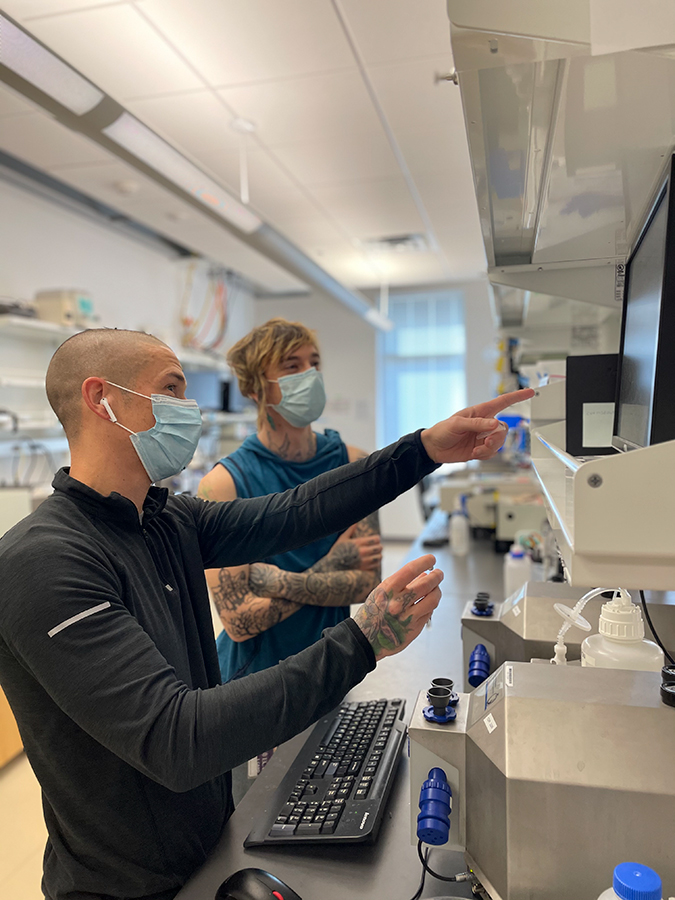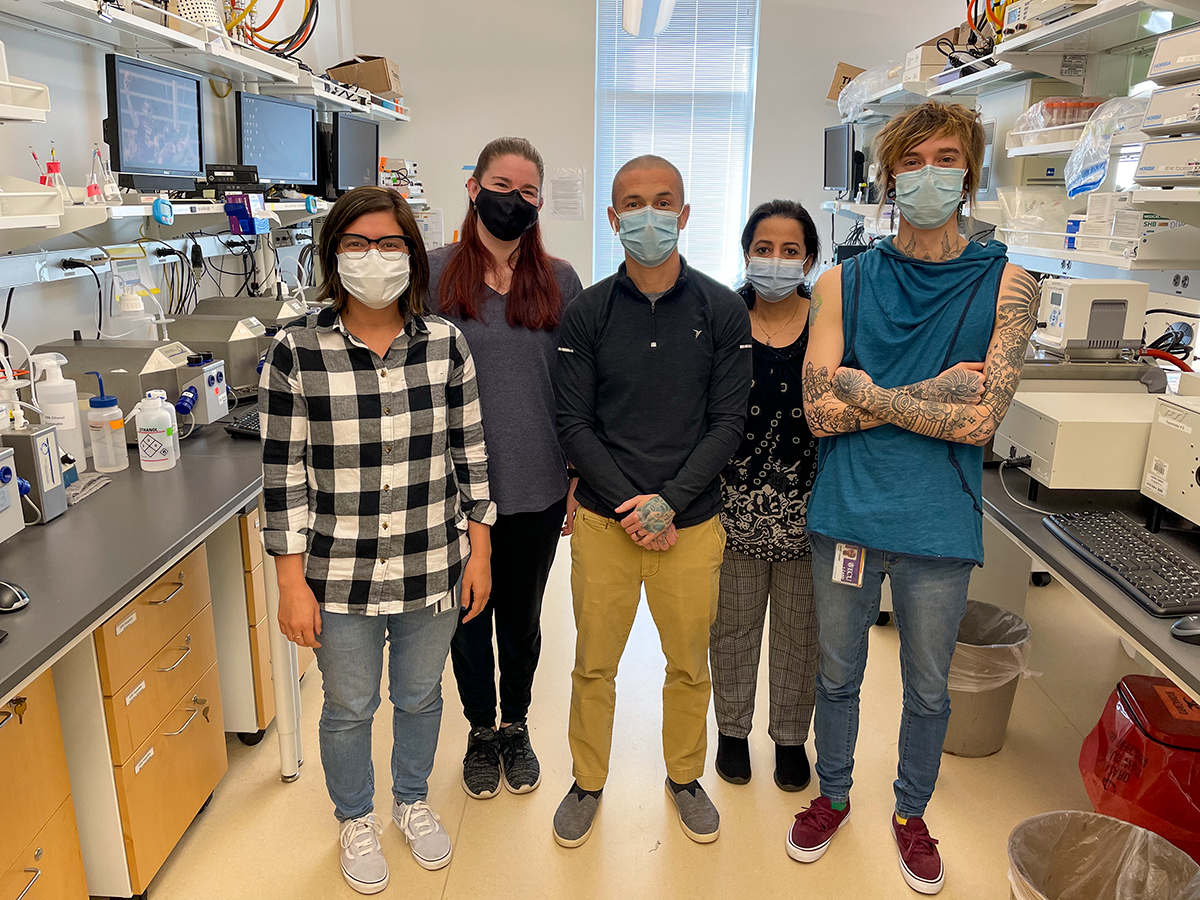College of Health Sciences
Alumni Spotlight


Kelsey Fisher-Wellman, PhD
Assistant Professor - East Carolina University
BS - Exercise Science '07 | MS - Human Movement Science '09
Why did you choose the University of Memphis?
I chose the University of Memphis primarily because of proximity. I grew up in midtown Memphis and graduated from Central High school in 2003. At the time, the majority of my family and close friends lived in Memphis, thus I chose to pursue my college education close to home.
Why did you choose your major?
I decided to enroll at the University of Memphis in the Fall of 2003 where I majored in Exercise Science. At the time, I had a general interest in health and wellness, but was not completely clear as to how I would apply those interests to a career.
What was your experience like in the College of Health Sciences?
During the majority of my time as an undergraduate, I always assumed that I would work as a personal trainer, as this seemed to be the most applicable career choice for my degree. This all changed for me in my senior year when I began a research internship in Dr. Richard Bloomer’s laboratory. My internship in Dr. Bloomer’s lab was my first true exposure to quantitative research and I was hooked from day one. Based on my time as an intern I decided to pursue a master’s degree, also in Kinesiology, under the supervision of Dr. Bloomer. My master’s thesis, as well as most all research in Dr. Bloomer’s lab, focused on elucidating the impact of exercise and acute high caloric feeding on systemic oxidative stress. My training in Dr. Bloomer’s lab provided me with extensive experience in all aspects of conducting human research including study design, subject recruitment/screening, exercise/feeding intervention, phlebotomy and biomarker analysis. Perhaps more importantly, my experience as a master’s student at the University of Memphis solidified my desire to pursue a career in academia as a research scientist, focusing primarily on the etiological mechanisms of disease.
Was there any particular faculty or staff member from our college that made an impact on you and how/why?
Without question, the two most influential mentors in my life at that time were Dr. Bloomer and Dr. Brian Schilling. I credit both for teaching me, largely by example, how to be a scientist and for giving me the confidence I needed to pursue an academic research career.
What were your favorite classes and/or activities?
Research
How did our college prepare you for your career?
After leaving Memphis I went on to pursue a PhD in Bioenergetics from East Carolina University focused on understanding the role of the mitochondria in various human disease. Upon graduation, I did an initial postdoc in Sydney, Australia at the prestigious Garvan Institute for Medical Research before returning to the states to complete a second postdoctoral fellowship at the Duke Molecular Physiology Institute. Although since leaving Memphis, my research focus has shifted away from classical exercise science, my strong background in applied physiology, instilled at the University of Memphis, has served me well over the years.
What is a day in the life of your career like?
Today I run a research laboratory (Cancer Metabolism Lab | Fisher-Wellman Lab | United States) as an assistant professor at the East Carolina Diabetes and Obesity Institute (ECDOI). The ECDOI is a multidisciplinary research center, associated with the Brody School of Medicine at East Carolina University, that specializes in understanding how altered mitochondrial metabolism contributes to pathology. Researchers at the ECDOI span the gamut of human disease, ranging from cancer and diabetes to neurodegeneration and vascular pathology. Although our individual expertise varies, our centralized focus on mitochondrial biology ensures a collective commitment to ‘bioenergetics excellence’. My laboratory is principally interested in understanding how mitochondrial efficiency aligns with physiology across cells/organs, with a specific focus on how this process become disrupted in the context of cancer. The primary goal of our work is to create a biochemical ‘blue-print’ of the mitochondrial network in cancer and then use this information to identify actionable mechanisms intrinsic to cancerous mitochondria.
What’s your favorite memory from the UofM and/or the College of Health Sciences?
My favorite memory from my time at Memphis would have to be the comradery that existed between my fellow trainees and the overall collaborative nature of the research projects across the department.
What advice would you give current or incoming students?
Developing an applied understanding of human physiology provides a solid foundation for many career paths. These of course include more traditional paths such as athletic training, coaching and exercise science, but also physical therapy, medicine and biomedical research. If you are incoming student, I would advise you to think big and explore all the career opportunities available. Looking back on my time at the University of Memphis, I would not change a thing. In the end, I am a product of my training and of course of my mentors, all of which began for me at the University. Those lessons are now integral to my career and I do my best to pass along what I have learned to my trainees.
Anything else you'd like to add?
Pictured above is my current research group which consists of myself (center), Dr. Margret Nelson (postdoc, my right, front), Kelsey McLaughlin (doctoral student, my right, back), Uma Sharma (laboratory technician, my left, back), and Tyler Hagen (doctoral student, my left front). Not pictured is our undergraduate researcher Hannah Coalson.
